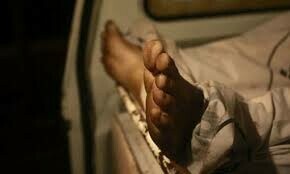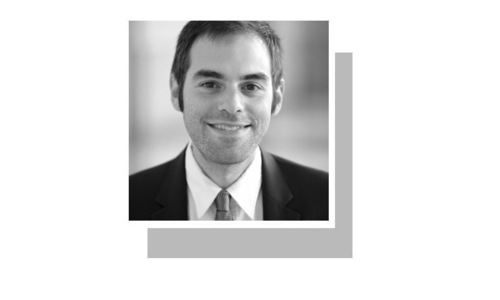We have been dwelling in detail about the people, place, things and faces of Lahore for the last 22 years. Along the way friends, readers and scholars have repeatedly wished that other cities also be compared. As a comparative piece this makes imminent sense.
Initially, let us have a look at cities on the river Ravi, or Iravati as it was originally known. The major cities of old on the river are Lahore, Harappa and Multan. There are other cities like Kamalia, on which we will dwell in another piece. Of the three mentioned the oldest city is surely Multan, which is over 5,000 years old compared to 4,500 years of Harappa and 4,120 years of Lahore. At Multan, as with Kamalia, which now has the river Chenab flowing by it as the Ravi has moved westwards. For that matter the river has moved westwards from Lahore too, for it once flowed to its east, then over hundreds of years flowed around it and now is a mile to the west. Multan is a similar case. This phenomena is called ‘meandering’. This brings us to a situation where we should widen our canvas and look, briefly, at all the major ancient cities of Pakistan.
The oldest planned city in the world, let alone Pakistan, is Mehrgarh in Balochistan located to the west of the river Bolan in the Kacchi plains. Its age is approximately 12,500 years old and was once on the river Indus. The area around came about much before the Indus Civilisation came about. Most importantly, this is the area – the only area in Pakistan – where the Dravidian language of Brahui is spoken. This is an important factor when we study ancient cities of Pakistan, and in our case the ancient cities on riverbanks. As the ancient migration of people from Africa moved northwards, they spread in every direction, initially eastwards towards Australia, and along the sub-continent’s coasts, and towards Africa’s northern coastline into Europe and central Asia, we see these very dark-skinned Africans physically change depending on geographic location, sunlight and its visible, infrared and ultraviolet light, geographic height and dietary intake over eons. We see these very Africans in Australia and the sub-continent and Europe, and the Middle East and Central Asia acquire different skin colours, health and heights, as also hair structures and colour. Given these scientifically proven happenings, let us return to Pakistan. If we observe the people of the Makran Coast, we see them very much like Africans. As we move northwards the people, the very same in origin, change. It is a change that took over a few hundred thousand years. By the time one reaches Chitral we have a tall, fair and blonde population. Tests have shown them to have the same DNA. Here we must follow the river upwards, for after Mehrgarh we have Mohenjo Daro in Sindh, which is approximately 7,500 years old. As we move to the north we have Multan, a thriving living city very unlike Mehrgarh and Mohenjo Daro.
Multan is approximately 5,000 years old, though some claim it is even older. Then we have Harappa at 4,500 years and then once the floods hit this ancient city the population moved to nearby higher mounds. Thus Lahore, as also other cities, sprung up. As we mover upwards on other rivers we have the ancient city of Bhera, where Alexander battled the Puru, or as the Greeks have imposed on the world Porus. Here it must be made clear that the Aryans who moved into the sub-continent came much later, though they were the locals of Afghanistan, Iran, Turkey and Central Asia, all migrants who had changed over a few hundred thousand year. So, we can discuss Multan as compared to Lahore.
Multan faced many times more invaders than Lahore, who thrived on killing people and becoming the rulers. That city faced Kandahar and the land route from Iran. You might have noticed that all the great Sufis came to Lahore first came via Multan, quite a few settling in nearby towns. The movement of the Sufis can be a relatively recent barometer of human movement. They came with a few settling on the way, while a lot moved towards Lahore and then Delhi. But the largest movement was nomadic in nature, and this is what we term the Aryans. They settled and imposed their nomadic culture, which in a way we can clearly see in the feudal culture that is part of our ingrained way of thinking.
Once a culture of learning and education hopefully comes about, we as a people will become a democratic and caring lot. Being that old Lahore is now being ‘conserved’ in bits and pieces, we can hope that one day soon the glory that was Lahore will emerge. But then we have an older great city Multan, which needs to be seriously saved. A few years ago, a military corps commander of Multan started a conservation effort of the historic fort. Once he was transferred that came to a stop. Then came this bizarre effort to make the chief of the WCLA as the chief of all Punjab cities vis-à-vis conservation. This is what one can call a classic bureaucratic effort to bring all efforts to a halt. They have managed to keep funds in their control, meaning that there are no funds to conserve, but enough to fill up posts. There is one small town that surely needs special attention, and that is Bhera. With time the ancient walls are disappearing and old ‘havelis’ are being knocked down. This is tragic, for even Alexander was not able to dent this ancient town.
The condition of Harappa is no less, for our archaeological bosses seem to have no clear plan about how to save the decay. All one sees there are foreign scholars studying this ancient site. In the world of ancient cities and monuments, few countries can match the treasures that Pakistan possesses. What they do not possess is the will of the ‘illiterate’ rulers to firstly invest in educating the people, and in setting aside funds for conservation. The little that does come is from foreign countries who better understand the quality of our ancient land.
Published in Dawn, August 18th, 2024














































